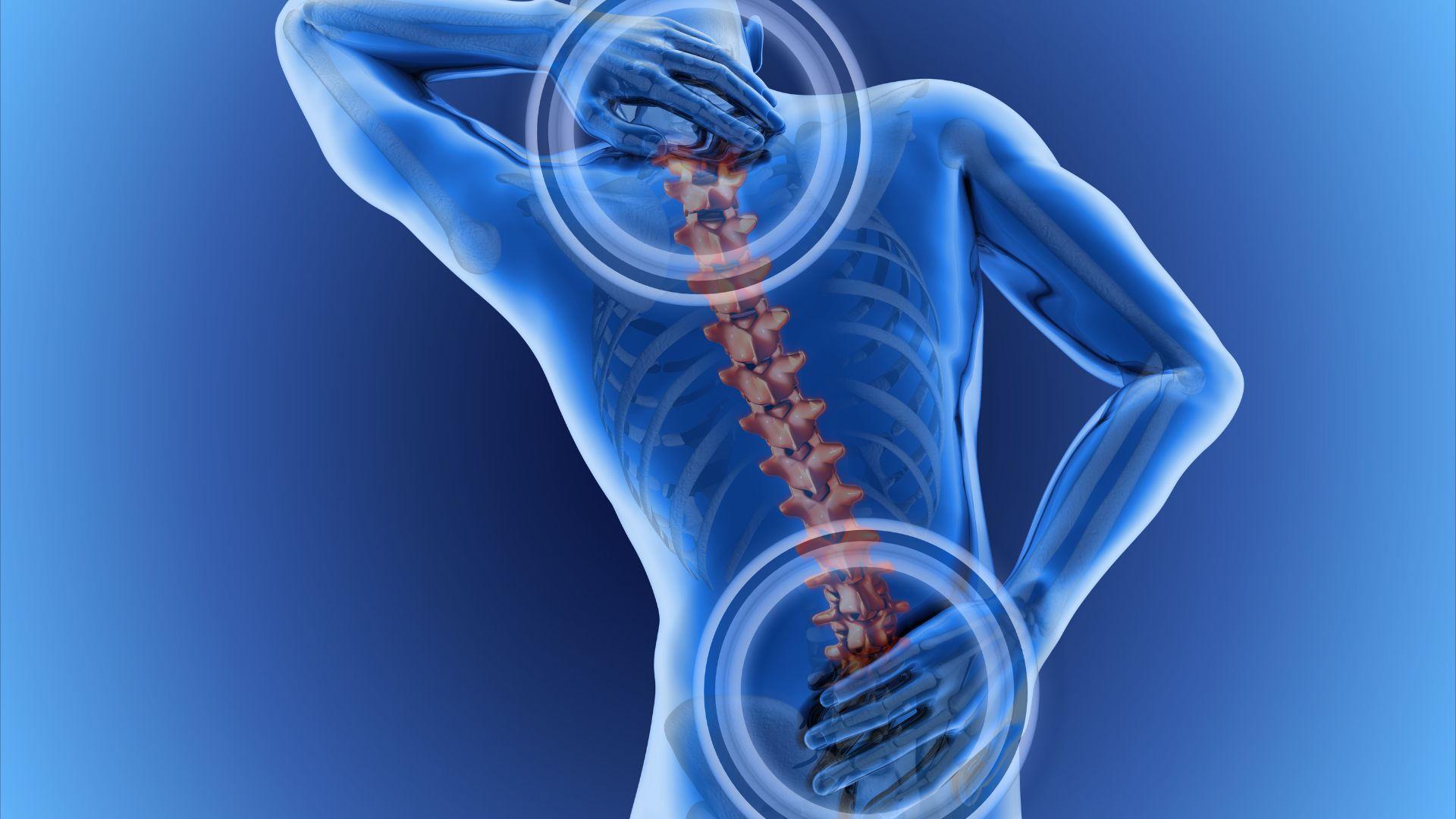La réalité mixte en rééducation des membres inférieurs par Dr Frank Wein
Nowadays, many professionals and companies use the terms virtual, augmented and mixed reality, which shows a...

Discover how virtual reality is revolutionizing the treatment of kinesiophobia, offering innovative solutions to overcome the fear of movement.
Kinesiophobia, also known as fear of movement, is a condition in which a person experiences excessive anxiety or fear at the idea of moving or exercising. This phobia can be caused by a variety of factors, such as previous trauma, chronic pain or negative experiences linked to physical activity.
Kinesiophobia can have a significant impact on a person's quality of life. It can limit one's ability to perform daily tasks, participate in social activities and maintain a healthy lifestyle. In addition, this fear can lead to deterioration in physical condition, loss of muscle strength and reduced mobility.
It is important to understand the impact of kinesiophobia on quality of life so that we can develop effective treatment strategies to help sufferers.
Virtual reality has revolutionized the field of rehabilitation, offering new treatment possibilities for kinesiophobic patients. Thanks to immersive virtual environments, patients can be gradually exposed to physical activities without experiencing any real danger or discomfort.
Virtual reality recreates realistic scenarios in which patients can practice specific movements and exercises. This enables them to overcome their fear of movement gradually, starting with simple tasks and gradually increasing the difficulty. Therapists can also monitor and adjust the parameters of the virtual environment in real time, offering personalized treatment tailored to each patient's needs.
This technological innovation offers numerous possibilities for improving the effectiveness and results of rehabilitation for kinesiophobic patients. It makes rehabilitation sessions more engaging, motivating and fun, helping to boost patient participation and adherence to treatment.
Numerous case studies have demonstrated the effectiveness of virtual reality in the treatment of kinesiophobia. In a recent study, patients suffering from fear of movement were exposed to virtual environments in which they had to perform physical exercises. The results showed a significant reduction in anxiety and fear in the participants, as well as an improvement in their confidence in their physical abilities.
Another case study highlighted the use of virtual reality in the rehabilitation of patients with chronic low back pain. Patients were immersed in virtual environments where they had to perform specific movements to strengthen their backs. The results showed a reduction in pain and an improvement in physical function in the participants.
These case studies demonstrate the effectiveness of virtual reality in treating kinesiophobia, and open up new rehabilitation possibilities for patients suffering from the condition.
Virtual reality continues to evolve rapidly and offers promising therapeutic potential for the treatment of kinesiophobia. New technological advances enable the creation of increasingly realistic and immersive virtual environments, opening up new possibilities for treatment and intervention.
In addition, virtual reality can be combined with other complementary therapies, such as cognitive-behavioural therapy, to enhance treatment results. This multidisciplinary approach makes it possible to treat both the physical and psychological aspects of kinesiophobia, offering a comprehensive, holistic approach to rehabilitation.
In the coming years, it is expected that virtual reality will play an increasingly important role in the treatment of kinesiophobia. Researchers continue to explore new applications and develop innovative rehabilitation programs, paving the way for new therapeutic perspectives for kinesiophobic patients.
In conclusion, virtual reality is revolutionizing the treatment of kinesiophobia by offering innovative solutions to overcome fear of movement, thereby improving patients' quality of life. Find out more about the H'ability device and discover how this technology can positively transform the treatment of fear of movement.
Nowadays, many professionals and companies use the terms virtual, augmented and mixed reality, which shows a...
Nowadays, many professionals and companies use the terms virtual, augmented and mixed reality, which shows a...
Nowadays, many professionals and companies use the terms virtual, augmented and mixed reality, which shows a...
H'ability at Rééduca 2025 From October 9 to 11, 2025, join us at Paris, Porte de Versailles, stand C06,...